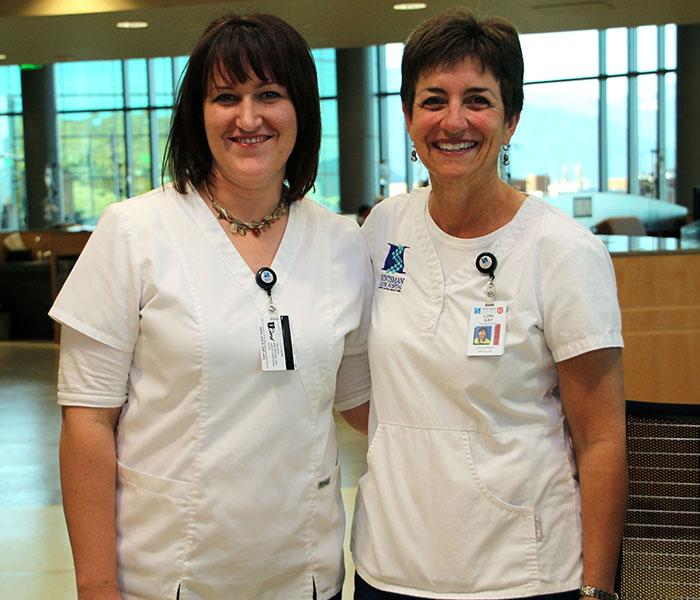Women account for nearly a quarter of million cancer deaths every single year. Early this year, the American Cancer Society (ACS) reported nearly 250,000 breast cancer diagnoses in women. Despite these staggering numbers of diagnoses and deaths, women account for more than 6.3 out of the 11.7 million Americans living with cancer.
As such, the U.S. Department of Health and Human Services’ Office of Women’s Health will be leading the charge for National Women’s Health Week (NWHW). From May 8–14, 2016, NWHW will focus on women’s health risks, important health priorities, proper preventative screen programs, the importance of physical activity, and much more. ONS encourages women to regularly screen for many different cancers, especially women-centric diseases including breast cancer and gynecological cancers.
According to ACS, 2016 data shows the three most commonly diagnosed forms of cancer found in women are as follows.
- Breast cancer (246,660)
- Lung cancer (106,470)
- Colon and rectum cancer (63,670)
Tips for Screening and Prevention
Encourage patients to maintain regular screening interventions such as mammograms, colonoscopies, and visits to the dermatologist. Smoking cessation programs should be encouraged in all patients who have a history of smoking. Although recent recommendations regarding the regularity and age at which women should begin receiving breast cancer screenings may be conflicting, it’s important for women of all ages to remain vigilant and report any abnormalities to their doctors immediately.
The ACS recommends that women of average risk and aged 45 and older receive annual mammograms. ONS looked at a number of different organizations’ information regarding the detection and screening of breast cancer to help simplify the process.
Moreover, the ACS recommends that women aged 21–30 receive a Pap test every three years and every 5 years after 30. For colorectal cancer, women aged 50 and older should get screened for the disease.
Healthy Choices Lead to Lower Cancer Risks
Making healthy decisions and participating in physical activity can lead to reduced cancer risks. According to the National Cancer Institute, more than 60 studies from throughout the world have shown a decrease in breast cancer risk in women who are physically active. With regular moderate to intense activity, the benefits of exercise extend far beyond reducing the risk of breast cancer.
Moreover, physical activity has been shown to reduce the risk of colorectal cancer in adults by 30%–40%. Similar benefits are true for lung cancer, along with stress reduction and improved mental health.
The benefits of physical activity aren’t confined to cancer prevention. It can be a useful tool for those currently battling the disease. Physically active patients with cancer have shown decreased symptoms of nausea, improved mood, and lessened fatigue. ONS believes that you and your patients should get up, get moving in individualized physical activity plans.






